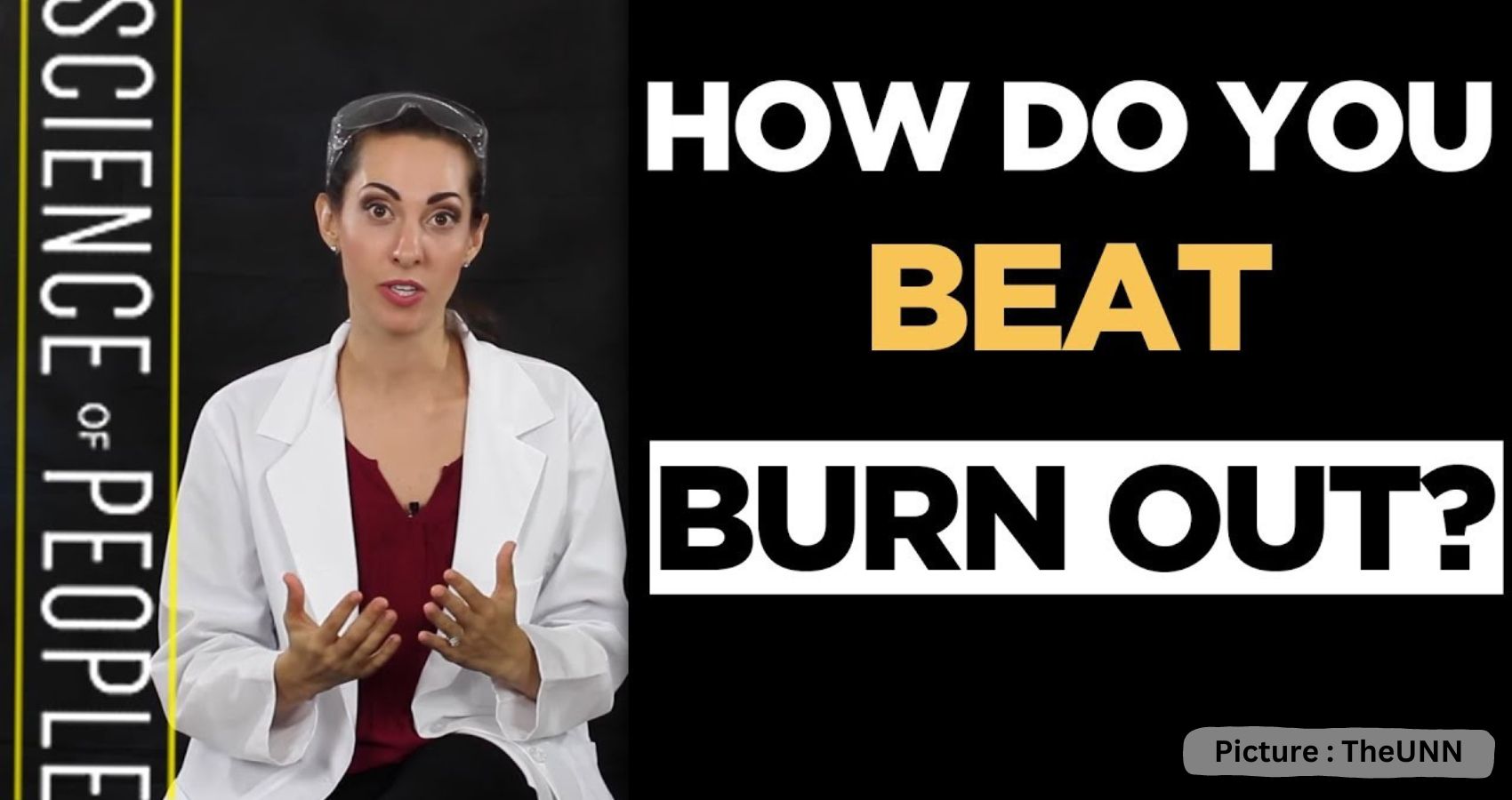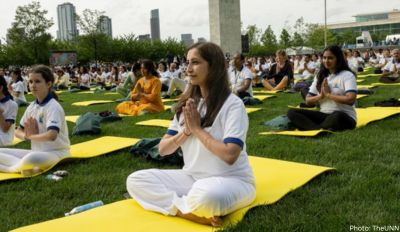With burnout rates at historic highs, businesses are scrambling to find practical ways to retain staff — or at least so they should be. As burnout continues to burn businesses, the problem is that the strategies that work best often seem backward. Take for example the strangest Great Resignation strategy, which is also the most effective, or Google’s wildly simple trick to increase productivity, which also decreases burnout.
What we see is that when it comes to keeping staff, oftentimes the most evident methods prove counterproductive. Meanwhile, the seemingly counterintuitive methods can work wonders.
Finding a viable solution is crucial. And not just for businesses looking to stave off the effects of burnout — such as decreased productivity, increased employee turnover, and damage to the overall ethos of a workplace — but for those who feel its sting first-hand along with its laundry list of symptoms, from chronic fatigue to brain fog, lack of focus, and even trouble sleeping.
The standard solution is something we can all get behind — and use more of: vacation time.
After all, time off is a much-welcomed reprieve from work, the stress at the office, and the burden of persistent pressure and endless responsibilities. With vacation time to burn and burnout to battle, many envision a blissful vacation beachside with zero expectations, time at home with nowhere to be, or an awe-inspiring adventure that will magically distract you from any lurking stresses long enough to magically dissipate them into thin air.
While the hope is that a vacation will recharge our proverbial batteries, the reality is that we often come back with even less patience for the things that we have little patience for. Rather than returning refreshed, we return worn out, disconnected, and even more disinterested.
Following a week of doing whatever it is we want to do is a week — and years — of the work that requires us to do what we have to do. In that stark contrast, feelings of discontent may magnify.
According to research recently published by the Harvard Business Review, vacations are not the most effective way to reduce burnout. But that doesn’t mean less time off is the answer.
In fact, more time off is.
What the Harvard researchers found is that employees need an extended period of time off in order to recharge and return to work with a rejuvenated perspective and renewed motivation.
In other words, the solution to burnout is a sabbatical. But the traditional sabbatical as we know it is not the sole antidote for a modern workplace.
Absence makes the heart grow fonder
It’s not a common application of the classic quote, and yet when it comes to work, it works.
Especially in the case of a sabbatical. Because even though an extended amount of time off sounds like a dream, the reality is that after a point it gets old.
As humans, we need time for the excitement of our time off to wear off. For our to-do list to diminish. And for boredom to creep in.
For example, if you played your favorite song on repeat, you would eventually want to hear something else. As fun as it would be to eat at your favorite restaurant every day, there would only be so many days until you got tired of it and began to desire something else.
There are only so many movies and shows we want to watch on Netflix. Only so much time our family and friends have to spend with us. Only so much we can do to entertain ourselves during the day before we actually begin to miss work.
That’s right, I said it. After enough time, you might actually miss work, the intrinsically rewarding feeling of being productive, the chase, the colleagues, the clients or customers, and in the case of an unpaid sabbatical, the money.
Burnout recovery doesn’t have to burn business
Vacation time can be enough of a burden on businesses that struggle to carry on in the absence of staff. So the idea of an extended leave can simply seem out of the question. However, as Harvard researchers suggest, sabbatical leave can come in many forms. And it surely doesn’t have to burn your business to help your employees recover from burnout.
For example, while there are both paid and unpaid sabbaticals, there are also working sabbaticals where employees have the opportunity to work remotely — and independently — from anywhere in the world, whether that be their living room or a land far away.
The difference with a working sabbatical is that while remote work has become increasingly commonplace, that doesn’t always mean that staff have the freedom to work from other time zones, or even just work on a schedule that works best for them.
By giving employees the time and space to live more freely and enjoy their lives more fully, employees are not only more satisfied with their role but more grateful for it.
Sabbaticals do more than recharge staff — they elicit gratitude
It’s within this time away that we begin to regain (or simply gain) an appreciation for the jobs we have, the people we work with, and what our role affords us — mentally or financially.
In other words, what a sabbatical affords us is the ability to appreciate what we have and what our positions afford us in life.
It gives us perspective, and with that, it helps us reconnect to our why. The reality is that most aren’t necessarily in love with the work that they do. But when they can see that it gives them the things they want in life — whether that’s the money to live in a home they love, the flexibility to be a present parent, or the space to enjoy life outside of work — they realize why they do what they do because they see what they do it for.
Employers have a tendency to fear that employees won’t return after a sabbatical. But when employees are given the opportunity to take an extended leave, research shows that they tend to stay. Because most would hold onto an employer that provides them with the freedom to go — and come back.











